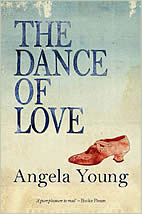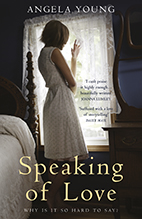Last week a friend of mine and I talked about the six books shortlisted for this year’s Women’s Prize for Fiction. We’ve done it before and it’s always illuminating (and fun) but because we both write fiction, our conversations are often also about the nature of reading fiction as a writer. Neither of us read – at least at first – for the technical practicalities of writing (although you’d think we would). We both read for story first and foremost.
In preparation for our conversation we both wrote notes about the shortlisted books but I’d forgotten that my notes included remarks about some technicalities. (Perhaps because we both write we notice the technicalities without realising we do.) Anyway, what we agreed really matters is that no technicality, however sparkling or brilliant, should undermine, get in the way of or prevent us reading the story. Story is queen.
When we talked about Piranesi by Susanna Clarke I realised, as I was talking about the hypnotic effect the novel had on me, that Clarke had performed the same hypnosis on me as her protagonist undergoes. The language is simple, Clarke’s imagination is limitless but her glorious technical feat was one I didn’t recognise until my friend and I were talking. Which is exactly how it should be. I was absorbed by the story entirely. How it was written came later.
In my notes for How the One-Armed Sister Sweeps her House by Cherie Jones I wrote:
I was immediately engaged by The One-Armed Sister – and emotional engagement is what I long for in any art form. And I was immediately impressed by Jones’s ease in different voices, different persons (you, we) and the use of what I discover are known as modal verbs, verbs that express necessity or possibility (you can be … we could be). (And this is a first novel.) I was especially impressed because Jones employs all these textual tricks seamlessly (I didn’t notice until I’d read for at least a few paragraphs each time). But everything she does, grammatically, textually, technically, serves the story, is buried in the story. I didn’t notice the tricks, I noticed that my heart was beating faster, that I was suddenly inside a different person’s head, that I felt complicit in the harsh events of the story.
Which leads me to writing as a reader. George Saunders – in his book about writing fiction, A Swim in a Pond in The Rain – talks about the TICHN trolley. Into this trolley a reader will put the Things I (she) Couldn’t Help Noticing. And unless the writer returns to resolve or explain or at least acknowledge that she put these Things into her story in the first place the reader(s) will justifiably stop reading. These Things might include: why a man finds himself in a completely different world that he thinks is the only world (when it isn’t) in Piranesi, or why a man wakes up as a beetle. But whatever the writer puts into her reader’s TICHN trolley she has a duty to remember and return to these Things, if she wants to keep her reader(s) reading.
The Women’s Prize judges are going to have a hard time deciding on a winner. The result will be announced on 9 September.







Leave a Reply